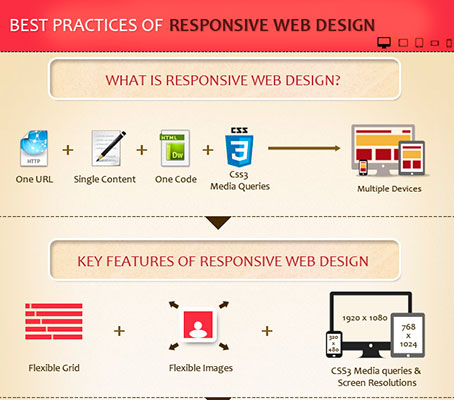The Change Of Online Operatings Systems: A Trip With Time
The Change Of Online Operatings Systems: A Trip With Time
Blog Article
Writer-Solis Wong
In the past, sites were easy and focused on details. Navigating was direct, and layout was for desktop computers. Currently, individual experience is essential. Information guides styles for easy navigating. Responsive layouts match different tools. Today, dark mode reduces pressure, and minimalist food selections enhance navigation. Interactive attributes involve individuals, and bold visuals stand apart. AI integration enhances involvement. See just how layout has advanced to enhance your online journey.
Very Early Days of Web Design
In the early days of website design, simplicity preponderated. service industry website were fundamental, with minimal colors, typefaces, and formats. The focus was on offering information as opposed to showy visuals. Users accessed the web with slow-moving dial-up connections, so speed and performance were crucial.
Navigating menus were straightforward, commonly located at the top or side of the web page. Internet sites were made for home computer, as mobile surfing had not been yet common. Material was king, and designers focused on simple readability over intricate design elements.
HTML was the key coding language made use of, and developers had to function within its restraints. Computer animations and interactive functions were marginal compared to today's criteria. Internet sites were static, with little vibrant material or personalized user experiences.
Rise of User-Focused Design
With the evolution of web site style, a shift in the direction of user-focused design principles has become progressively famous. Today, developing web sites that focus on customer experience is important for engaging visitors and accomplishing business objectives. User-focused layout involves comprehending the requirements, preferences, and habits of your target audience to tailor the web site's layout, web content, and includes as necessary.
Designers now perform thorough research, such as individual surveys and use testing, to gather understandings and responses straight from individuals. This data-driven approach assists in developing instinctive navigation, clear calls-to-action, and visually attractive user interfaces that resonate with visitors. By putting the user at the facility of the design process, web sites can supply an extra customized and satisfying experience.
Receptive design has also become a crucial aspect of user-focused design, ensuring that websites are optimized for numerous gadgets and screen dimensions. This adaptability boosts access and functionality, dealing with the diverse ways individuals connect with internet sites today. Fundamentally, the increase of user-focused layout symbolizes a change towards creating electronic experiences that focus on the needs and expectations of the end individual.
Modern Trends in Website Design
Discover the most up to date fads forming web design today. One popular fad is dark mode layout, supplying a streamlined and modern appearance while decreasing eye strain in low-light atmospheres. An additional vital trend is minimal navigation, streamlining food selections and improving customer experience by focusing on essential elements. Including micro-interactions, such as computer animated buttons or scrolling effects, can create a much more engaging and interactive internet site. Responsive design remains critical, making sure smooth individual experiences throughout numerous tools. Furthermore, utilizing bold typography and asymmetrical formats can include visual rate of interest and draw attention to specific content.
Integrating AI innovation, like chatbots for customer assistance or individualized suggestions, improves customer involvement and simplifies processes. Availability has also end up being a significant trend, with designers prioritizing comprehensive style practices to accommodate diverse individual requirements. Embracing sustainability by enhancing internet site efficiency for rate and performance is an additional arising fad in website design. Teaming up with customer responses and information analytics to iterate and boost design constantly is important for remaining relevant in the ever-evolving electronic landscape. By accepting these contemporary trends, you can produce an aesthetically enticing, easy to use website that resonates with your audience.
Verdict
As you review the development of web site layout from the early days to now, you can see how user-focused layout has actually come to be the driving pressure behind modern-day patterns.
Embrace the journey of adjustment and adjustment in web design, always maintaining the customer experience at the leading edge.
Keep current with the most recent trends and technologies, and never stop evolving your technique to produce visually spectacular and user-friendly sites.
Advance, adjust, and create - the future of web design is in your hands.
